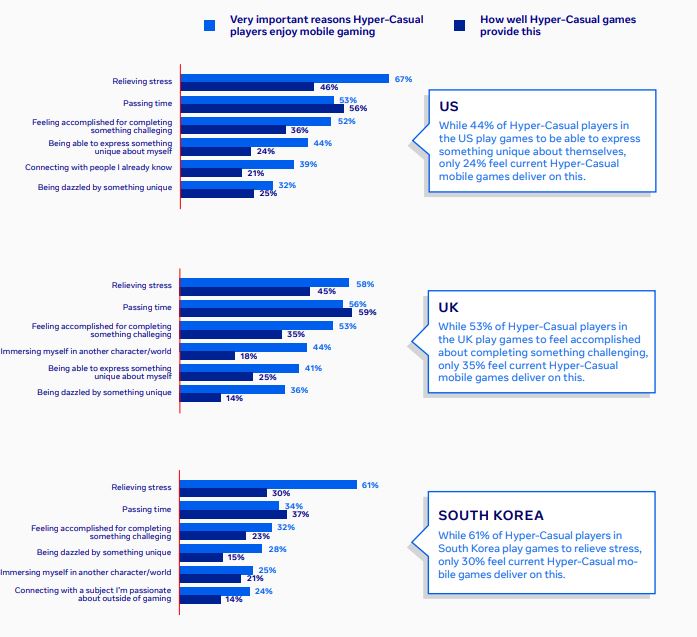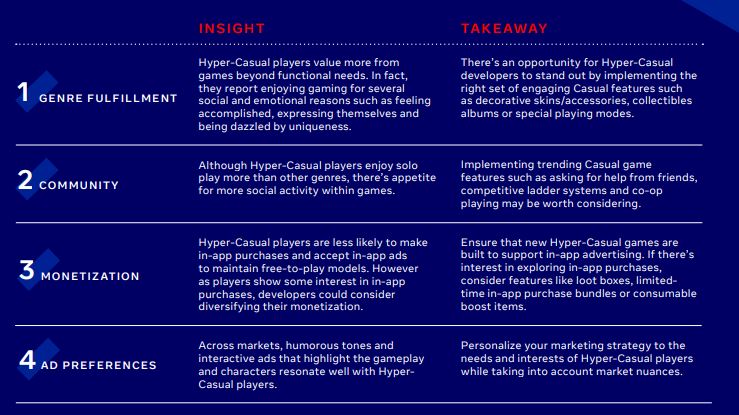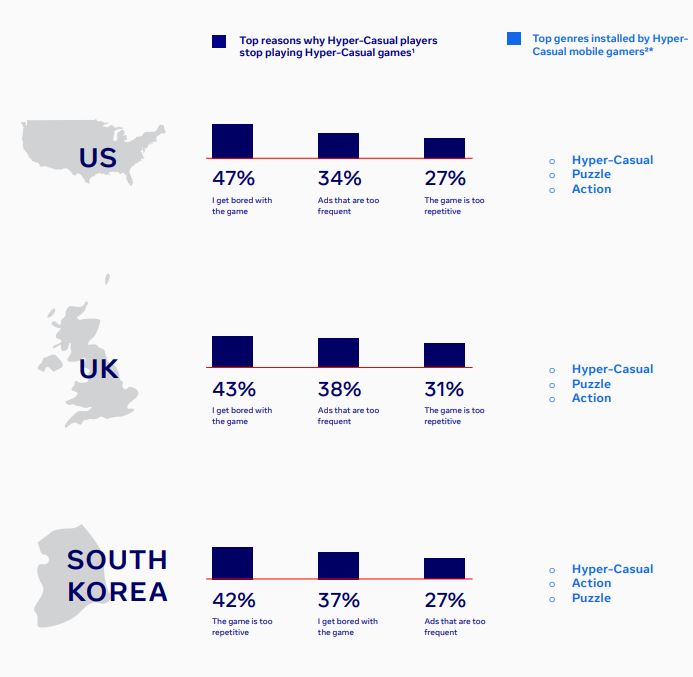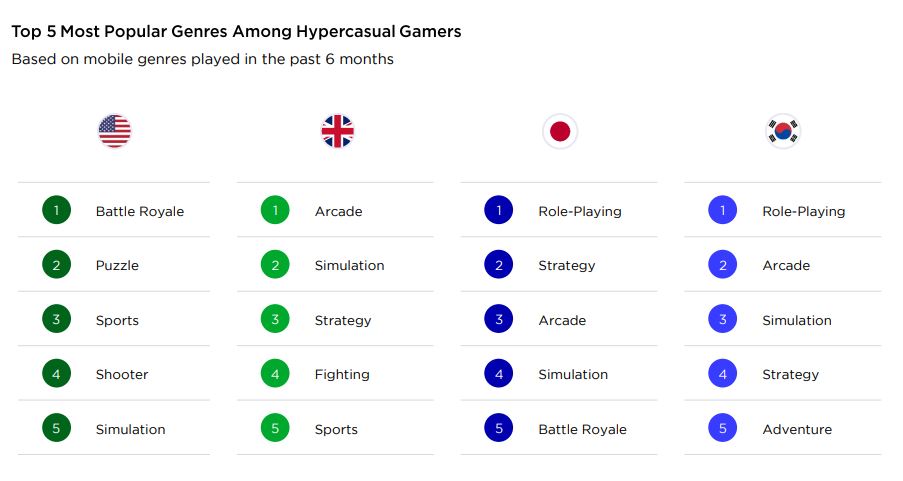The hyper-casual business model is dead, but I believe that hyper-casual games are still very attractive. The real challenge is to find a suitable model for these games with little friction and complexity.

During the golden years of hyper-casual, the gold rush pushed many people to forget the basics of game design. With a couple of clients, I have seen in first person the sloppiness of businesses in making games.
One game per week was the mantra. Just do it! Test the CPI. D1 retention is too low: out! Next one!
This is not how good games are made, of course. I believe that hyper-casual games met the need of lots of Players but then they didn’t understood them. The business model is dead because of this lack of empathy. This in the name of fast earnings.
False promises
The promise of hyper-casual was to have an instantly playable lightweight games. A snackable, high engaging experience based in low perception effort. This translates into a high retention at the start.

But then the games are filled with ads with no specific connection with the game itself. At the same time, the experience is not refined after the first days. The result is a drop in players. Imagine, you spent actual money to make the people install your game. And they go after a while.
Companies started to make everything to lower the acquisition cost and increase the ads seen per player. That was the first, and wrong, solution to the problem. The good approach, instead, would have been starting from understanding how to serve better the Players.
The second issue with hyper-casual games have been that they were very easy to clone. The mechanics were so simple to copy. Probably, a competitive advantage would have been to focus on mechanical friction hard to imitate. To make an example, souls-like games are hard to make. The same is valid for good match-3 games.

When a game is boring is because the mechanic has no deepness, or that its deepness has not been explored enough. This causes to the game to be repetitive, and so Players will quit.
The solution to this challenge is to start from the passion for games and social engagement that part of the hyper-casual players had. Look at this data:

You can see that Players are also playing more complex and online games. This is indicative that something can be done to properly serve them without treating them like ad-watchers, clockwork orange style.
Starting from where they love, the games they play and simplify them. Try to find the essence of battle royale, arcade, role playing games. That would have been a success.
- Is it necessary to have a different character for every silly minigame? Maybe the Player can have a chosen group of avatars represented in different behaviors and mechanics.
- Which mechanics from hardcore games can be synthesized in a simple game?
- The game can open in more complex mechanics based on different frictions: start from the mechanical, but then add informational or strategic.
I used two old reports from Facebook and Pangle+Newzoo to make my reflections. Images are taken from there.
Be First to Comment